Much has been said about how we live in a time of acceleration. We strive for fast and interconnected. And yet, a considerable body of discourse takes the counter position, arguing for rest, care, and immobility. In her 2019 book How to Do Nothing, Jenny Odell urges us to turn away from the churn, writing, “Our very idea of productivity is premised on the idea of producing something new, whereas we do not tend to see maintenance and care as productive in the same way.”
Architecture, too, is caught in the thrall. Although buildings take time, we’re junkies for novelty. Museum buildings are particular eye candy. Supposed freedoms of art and culture push desires for formal inventiveness. But what would it mean to construct a museum in slow motion?
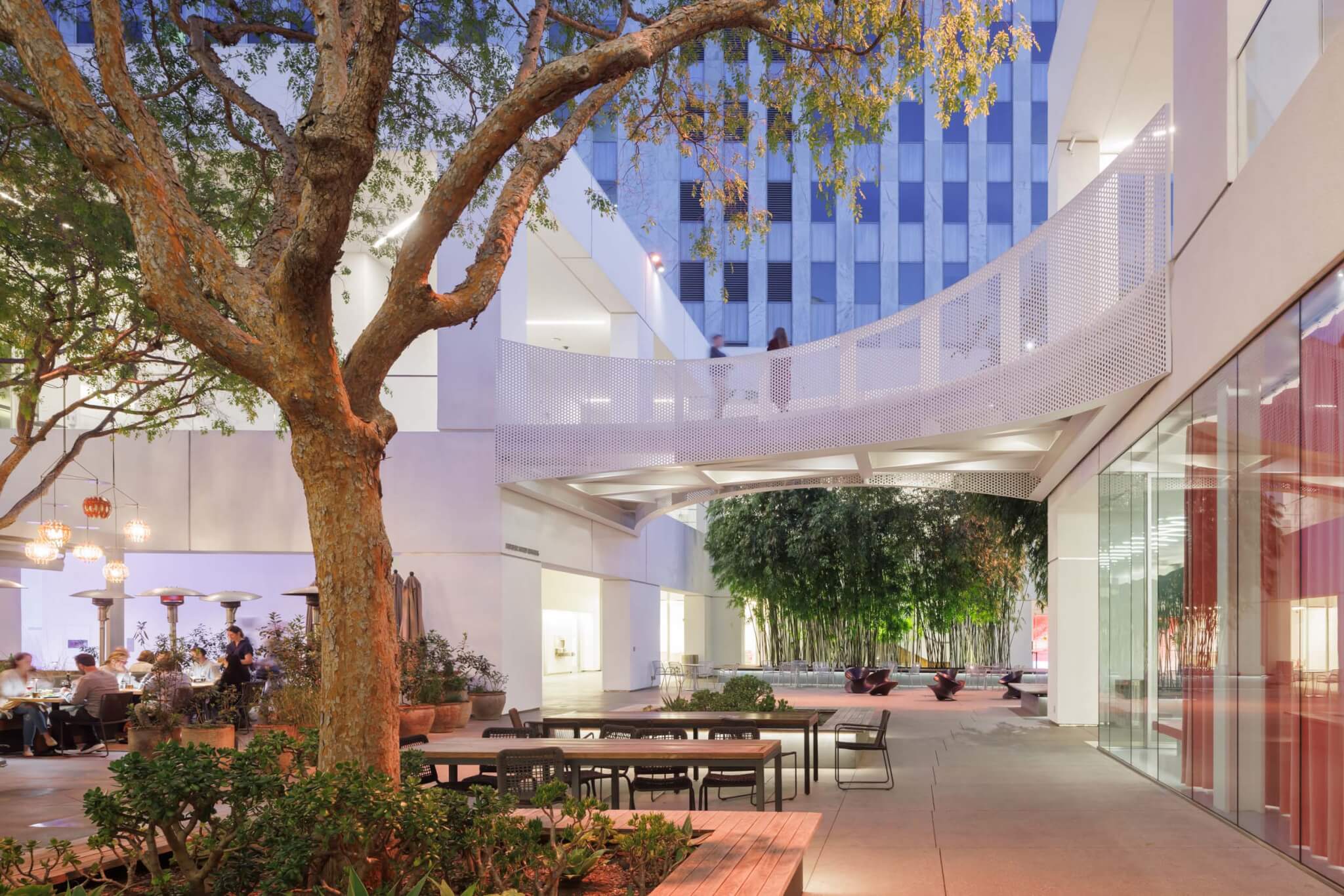
In late March, the Hammer Museum announced the completion of a more than 20-year transformation by Michael Maltzan Architecture. In 2000, Maltzan and designer Bruce Mau developed a brand identity and master plan, and under the leadership of Hammer director Ann Philbin, the architect embarked upon iterative renovations.
Tucked behind the 15-story Occidental Petroleum tower, the original 3-story museum designed by Edward Larrabee Barnes opened to the public in 1990. While the high-rise is located along busy Wilshire Boulevard, the museum design was insular and anti-urban. Armand Hammer’s collection of impressionist and old master paintings had no use for a populist storefront. Art—high art—was best appreciated in a temple, a citadel. When Philbin took the reins, she embarked upon a plan to make the Hammer more contemporary and accessible to Los Angeles audiences.
Slowly, and then all at once, Maltzan’s changes accumulated: a new theater and cafe, a revamped courtyard, and 10,120 square feet of new galleries (for a combined total of nearly 28,000 square feet of exhibition space). Every few years another acupunctural modification, often one that follows the general shifts in how museums relate to their audiences. Michael Maltzan Architecture carved out an education space under the stair leading from the courtyard to the third-floor gallery promenade. “We found there was an old, single-person escalator that Armand Hammer had put in when he was older,” Maltzan recalled. “Nobody even really knew [it] existed. It was like finding all the ghosts in the building.”
Across the courtyard, Maltzan reworked and upgraded performance and event spaces to better serve the art and artists, as well as to host a more public gala. Successive phases allowed the museum and the architect to develop a language and sensitivity around what was needed, and when. “Over the years we’ve touched almost 100 percent of all of the spaces, but because it’s rolled out over time, it’s very hard to see,” he told AN.
A slow pace does something to memory, however. I can barely recall when the lurid, hot-pink seats of the Billy Wilder Theater were new (2006, according to the press release). Or a time when the third-floor galleries weren’t universally minimalist with expanses of high white walls and pale oak floors. (They reopened in 2017 with two- to six-foot-higher ceilings and the old-fashioned moldings stripped away.) What was the material on the stairwell before the architects installed exposed-aggregate concrete on the steps and adjoining promenade in 2019?
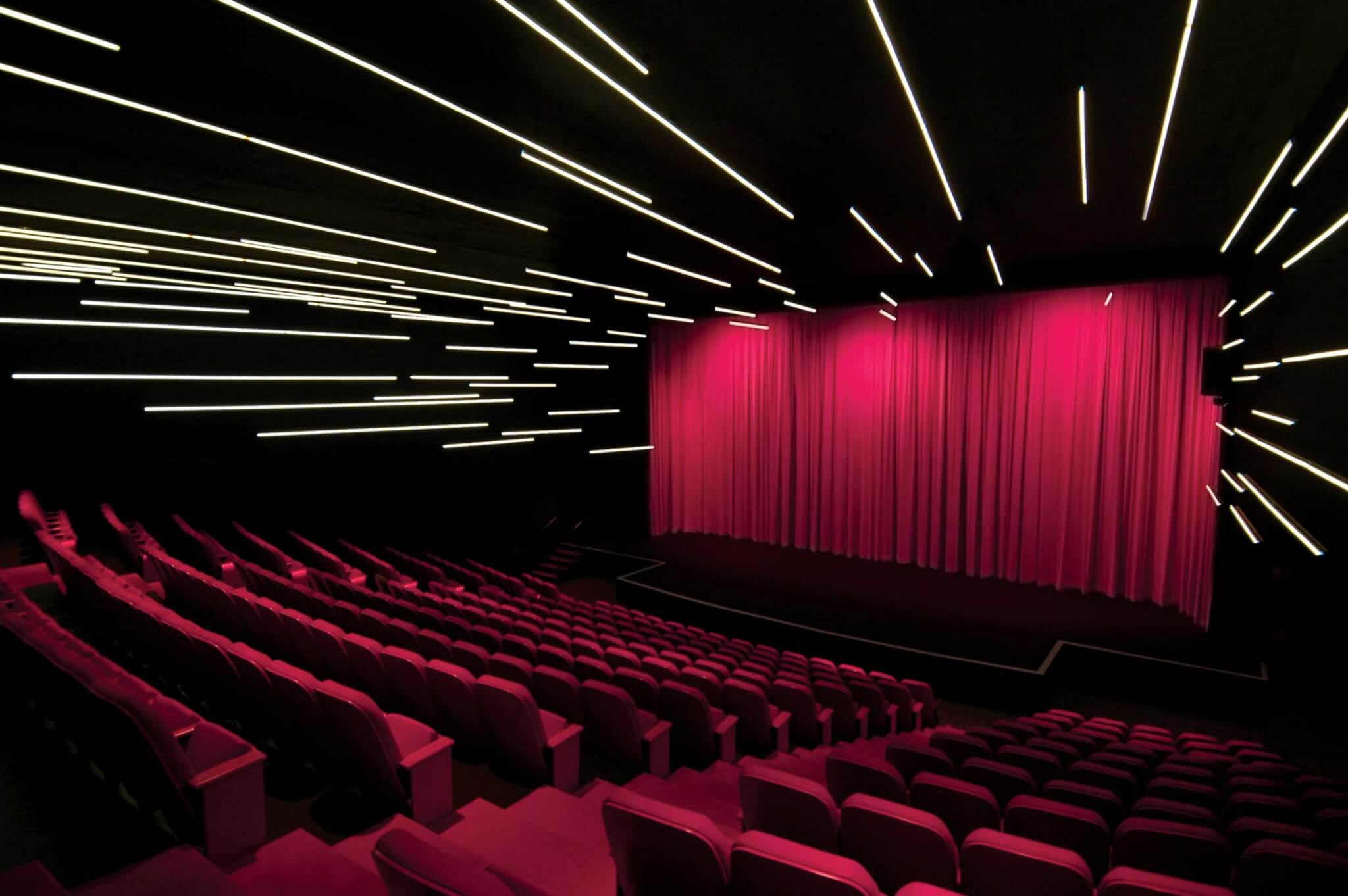
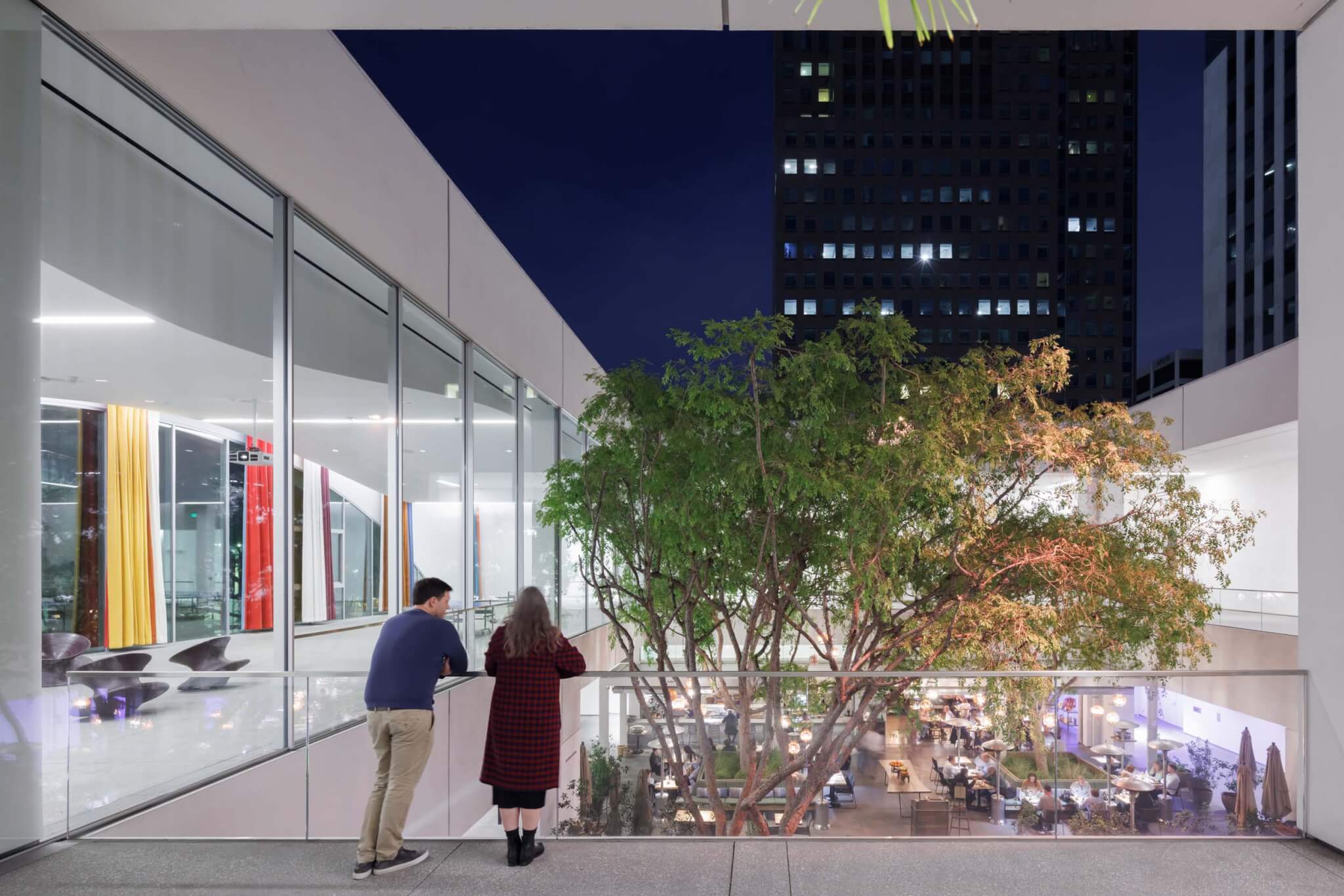

Without the clear contrast of a “before,” the more cosmetic changes become naturalized into the daily life of the museum. According to The New York Times, under Philbin’s direction the Hammer has evolved from a provincial outpost to a “world class museum.” A grand total of $90 million was poured into improvements and expansions over the years to accomplish that goal, and yet many of the upgrades are understated, boosts in the quality of light and finishes that perhaps signal the trending “stealth wealth” aesthetic of a global art world.
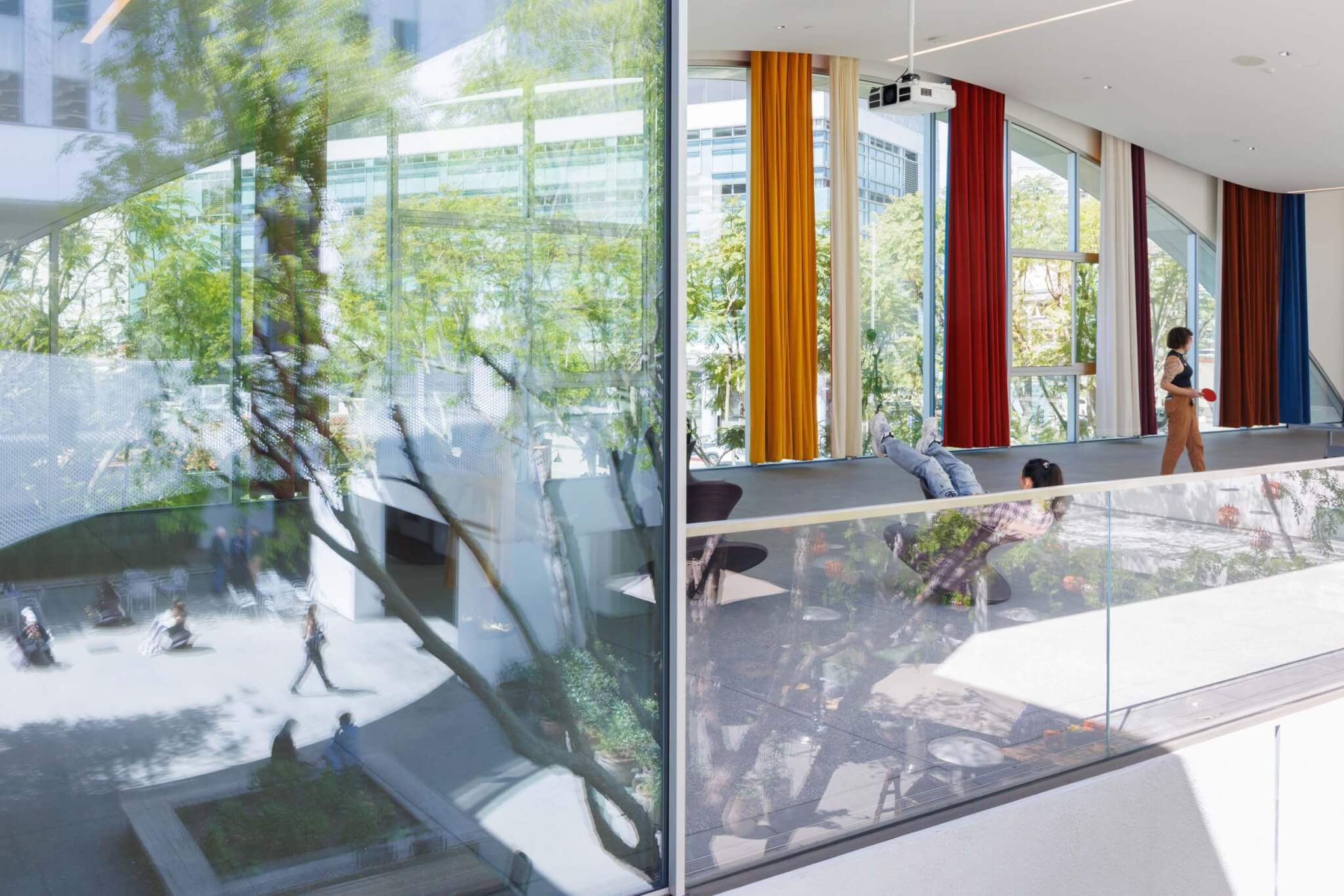
But the more ambitious of Maltzan’s additions are, by his account, urbanist in their conceit. In 2015, the Hammer added the curvy John V. Tunney Bridge, which crosses the museum courtyard and connects the two flanks of the third-floor galleries. The 33-foot-long, white, steel pedestrian bridge has a sinewy form like pulled taffy: narrow in the middle and wider where it attaches to the main structure, and its sides are made out of seamless, perforated steel. As an architectural gesture, it’s subtle, falling between folly and infrastructure.
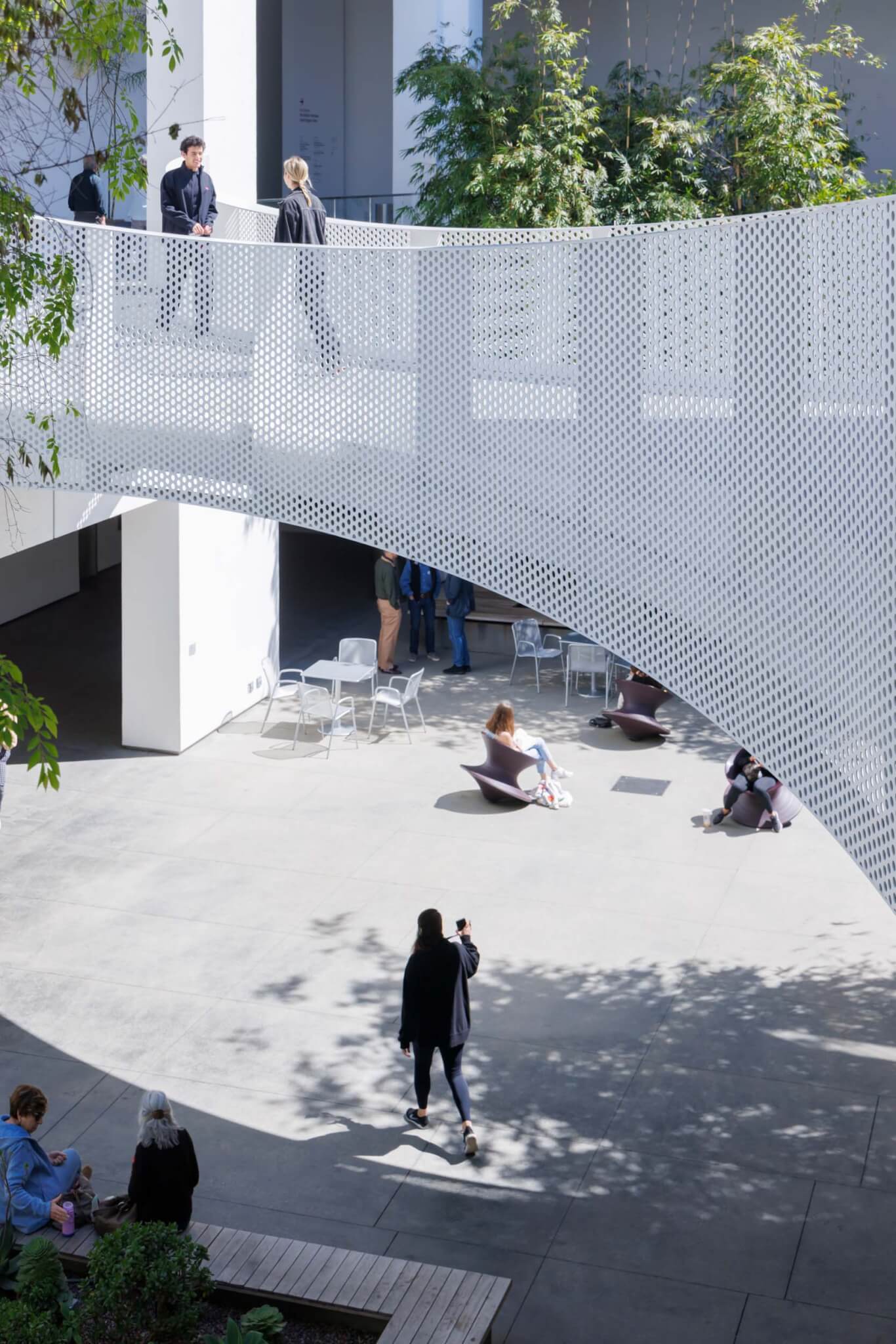
“The life of the museum felt quite suburban,” said Maltzan, describing how the two sides of the museum were previously disconnected; curators, museum staff, and visitors had to circumnavigate the courtyard to see the different exhibitions. “By putting the bridge in, you have this immediate connection.”
In describing the bridge as a piece of connective urban tissue, Maltzan echoes sentiments he expressed around the opening of another bridge—the Sixth Street Viaduct. What is a span, if not a means to bring different parts of the city, different people together? Overall, the revamped Hammer has a similar aspiration: to reposition the museum as part of the urban fabric. This is especially clear along Wilshire Boulevard, where the most recent renovation took the Hammer’s awkward lobby, generally entered from the belly of the parking garage, and opened it up to the street. A bulbous porch marks the new entrance, which is named the Lynda and Steward Resnick Cultural Center for their mammoth $30 million donation.
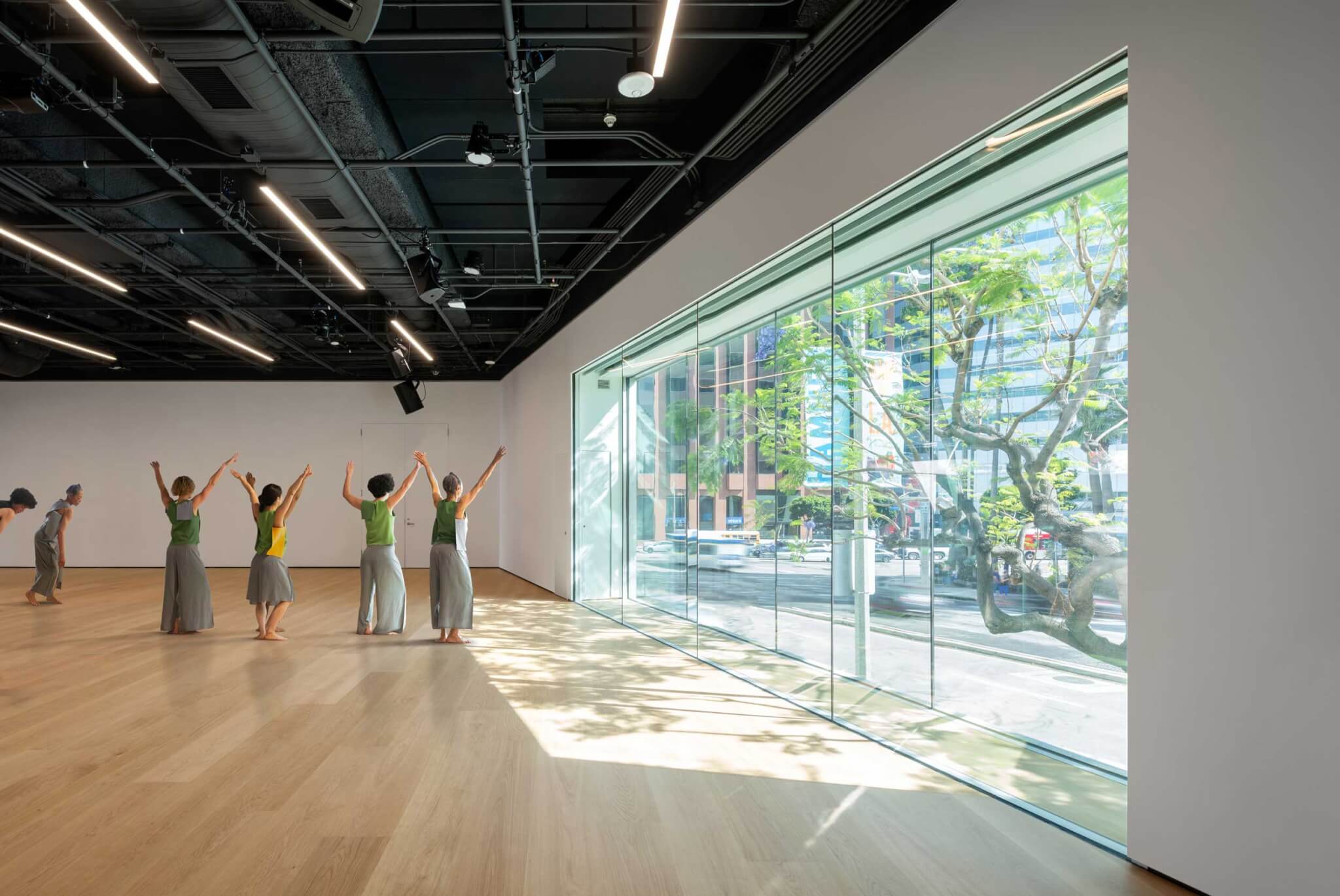
Located across the street from the imminent Purple Line subway stop, the museum’s freshly expressive frontage hopefully will attract new audiences and signal a willingness to be in conversation with the city and its systems. Indeed, the formal character of that west entry is equally bodily and municipal. The muscular-flex-meets-quotidian-curb aesthetic continues into the lobby, where a new, streamlined info desk guides visitors up the stairs to the courtyard and galleries. On the eastern corner, Maltzan created an outdoor sculpture terrace adjacent to a new 5,600-square-foot, ground-floor exhibition gallery. Currently on display is Oracle (2021), a monumental, 25-foot-tall bronze statue by artist Sanford Biggers that faces Wilshire traffic with an impassive pose. While it took the Hammer more than 20 years to boast such urbanism, it’s also the time it took Los Angeles to embrace its own.
Mimi Zeiger is a Los Angeles–based critic and curator.
- Architect: Michael Maltzan Architecture
- Location: Los Angeles
- Structural design engineer: Guy Nordenson and Associates
- MEP/FP engineer: ARUP, Innovative Engineering Group
- Lighting design: LAM Partners, ARUP
- Specifications: AWC West
- Building code consultant: Nate Wittasek Graphics: Bruce Mau Design
- Cost consultant: Directional Logic, C. P. O’Halloran Associates
- Facility report: Cooper Robertson
- Acoustics: ARUP, Charles Salter & Associates
- Audiovisual:ARUP, 3G Productions, AVI-SPL
- Acoustics: ARUP, Charles Salter & Associates
- IT consulting: ARUP
- Kitchen consultant: Laschober + Sovich, Cini-Little
- General contractor: Matt Construction Corporation











